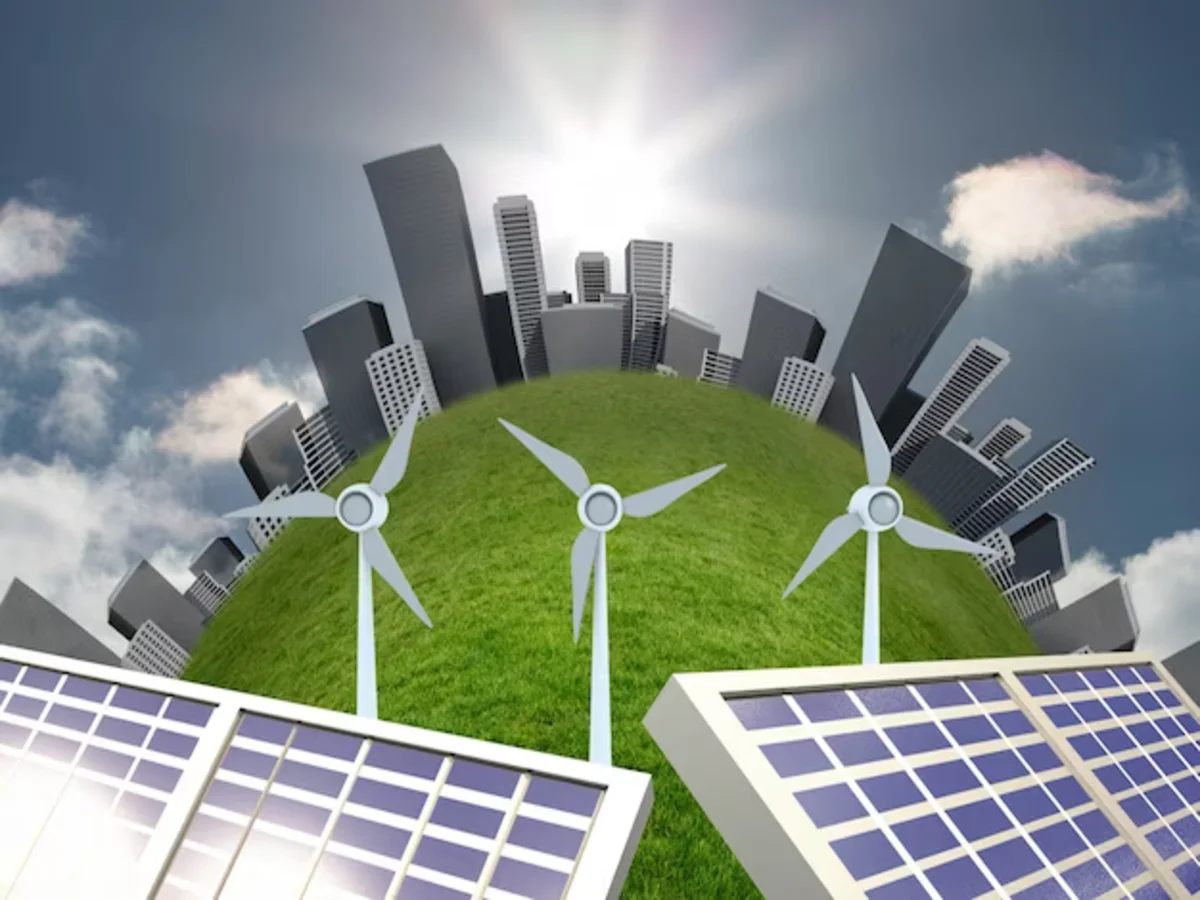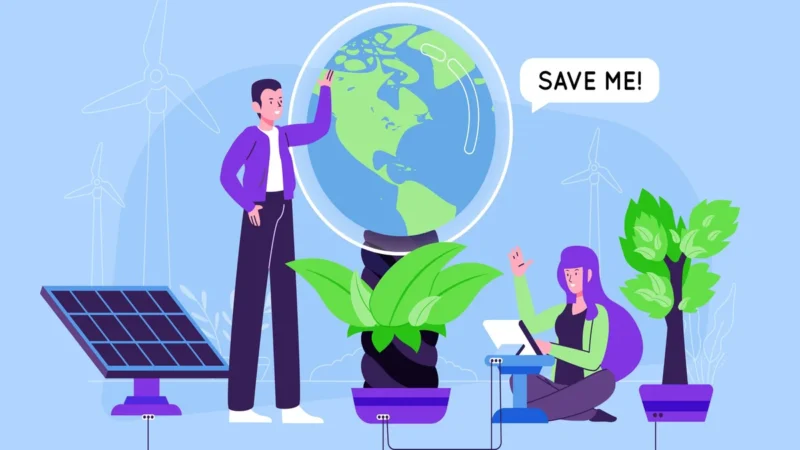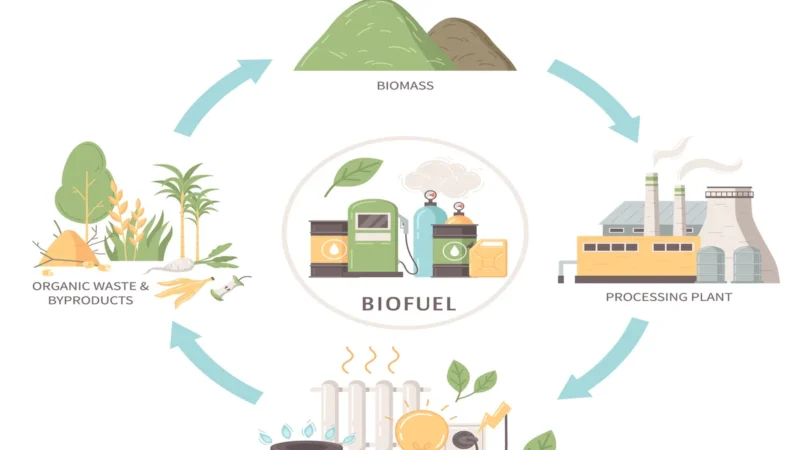Revolutionizing Energy: Top 10 Innovative Technologies in the Sustainable Energy Sector

In today’s rapidly evolving world, the pursuit of sustainable energy solutions has taken center stage. As the demand for clean, renewable energy sources intensifies, researchers and engineers are at the forefront of developing groundbreaking technologies that promise to revolutionize the energy sector. In this article, we delve into the top 10 innovative technologies driving sustainable energy transformation, addressing global energy challenges while reducing environmental impact.
1. Solar Photovoltaics: Harnessing the Power of the Sun
Solar photovoltaic (PV) technology continues to lead the way in sustainable energy. By converting sunlight directly into electricity, solar panels offer an abundant and renewable energy source. Through advancements in materials and manufacturing processes, solar PV efficiency has significantly improved, making it a key contender for widespread energy adoption.
2. Wind Energy: Harvesting Nature’s Gusts
Harnessing the kinetic energy of wind has gained tremendous momentum. Wind turbines, strategically positioned on land and offshore, generate electricity as the wind’s force turns their blades. With continuous innovations in turbine design and blade aerodynamics, wind energy is becoming more cost-effective and efficient.
3. Energy Storage Solutions: Bridging Supply and Demand
Storing excess energy generated during peak production periods for use during low-demand periods is crucial for a stable energy grid. Innovations in battery technology, such as lithium-ion and solid-state batteries, are enabling efficient energy storage at varying scales. This advancement supports the integration of intermittent renewable energy sources, ensuring a consistent power supply.
4. Smart Grids: Revolutionizing Energy Distribution
Smart grids integrate advanced communication and control technologies into traditional energy distribution systems. By enabling two-way communication between utilities and consumers, smart grids optimize energy consumption, reduce wastage, and enhance the overall reliability of the energy network.
5. Hydropower Innovations: Tapping into Flowing Resources
Hydropower has evolved beyond traditional dam-based systems. Innovations like run-of-the-river and underwater turbines minimize environmental impacts while harnessing the energy potential of flowing water bodies. These technologies provide sustainable energy solutions without the need for large-scale infrastructure.
6. Geothermal Energy: Tapping into Earth’s Heat
Utilizing the Earth’s natural heat reservoirs, geothermal energy systems generate power by tapping into hot water and steam beneath the Earth’s surface. This renewable energy source is reliable and accessible in various regions, offering a stable and consistent energy supply.
7. Biomass Conversion: Transforming Organic Matter into Energy
Biomass technologies convert organic waste, agricultural residues, and dedicated energy crops into heat, electricity, or biofuels. With advanced techniques like anaerobic digestion and pyrolysis, biomass resources are harnessed sustainably while reducing waste and emissions.
8. Ocean Energy: Extracting Power from Waves and Tides
The vast energy potential of the oceans remains largely untapped. Innovations in wave energy converters and tidal turbines are capturing kinetic energy from ocean movements. These technologies hold promise for coastal regions and islands seeking reliable and renewable energy solutions.
9. Advanced Nuclear Reactors: Safer and Sustainable Power Generation
Next-generation nuclear reactors are being designed with enhanced safety features and reduced waste production. Technologies like small modular reactors (SMRs) and thorium reactors aim to provide clean and reliable energy without the environmental concerns associated with traditional nuclear power.
10. Carbon Capture and Utilization (CCU): Mitigating Emissions
CCU technologies capture carbon dioxide emissions from industrial processes and power plants. These captured emissions can then be converted into useful products such as synthetic fuels, building materials, and chemicals, contributing to both emission reduction and resource optimization.
we can conclude this, The sustainable energy sector is witnessing an era of unprecedented innovation, with technologies that promise to reshape our energy landscape. From harnessing the sun’s rays to converting ocean movements into electricity, these advancements hold the key to a cleaner, more sustainable future. As governments, industries, and individuals continue to prioritize the shift towards renewable energy sources, these top 10 innovative technologies are at the forefront of the energy revolution, paving the way for a greener and more sustainable planet.
FAQs
1. How do solar photovoltaics work, and how have recent advancements improved their efficiency?
Solar photovoltaic (PV) technology converts sunlight directly into electricity using semiconductors. When sunlight hits the PV cells, it creates an electric current. Recent advancements in materials and manufacturing techniques have led to more efficient solar panels, allowing them to capture and convert more sunlight into usable energy.
2. What are smart grids, and how do they benefit both consumers and the energy system?
Smart grids integrate digital communication and control technologies into traditional energy distribution systems. These grids enable two-way communication between utilities and consumers, allowing for real-time monitoring and optimization of energy usage. Consumers can better manage their energy consumption, and utilities can balance supply and demand more effectively, leading to reduced wastage and a more reliable energy network.
3. How does biomass conversion contribute to sustainable energy, and what types of biomass are commonly used?
Biomass conversion technologies transform organic matter such as agricultural residues, wood waste, and energy crops into heat, electricity, or biofuels. This process not only provides a renewable energy source but also helps manage organic waste. Common biomass conversion techniques include anaerobic digestion, which produces biogas, and pyrolysis, which creates biochar and bio-oil.
4. What is carbon capture and utilization (CCU), and how does it help combat climate change?
Carbon capture and utilization (CCU) technologies capture carbon dioxide emissions from industrial processes and power plants. Instead of releasing the captured CO2 into the atmosphere, it is converted into useful products such as synthetic fuels, building materials, and chemicals. CCU reduces greenhouse gas emissions while creating valuable products, offering a dual benefit for both the environment and industry.
5. How do advanced nuclear reactors differ from traditional nuclear power, and what safety features do they incorporate?
Advanced nuclear reactors, including small modular reactors (SMRs) and thorium reactors, focus on enhanced safety and reduced waste production compared to traditional nuclear power plants. SMRs are designed to be smaller and more modular, making them easier to deploy and manage. Thorium reactors use thorium as fuel, which has inherent safety features and produces less long-lived radioactive waste. These advancements prioritize safety and sustainability while offering a reliable energy source.


